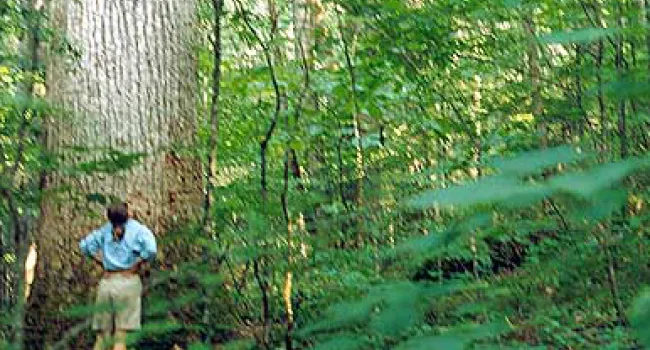
Photo
In remote rugged areas, where logging proved difficult, small remnant patches of intact cove forest still exist. Here, one may encounter unusually large trees with wide trunks, some of which may be...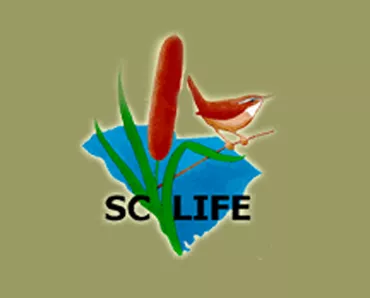
Take a virtual field trip to a South Carolina cove forest and a salt marsh. These virtual field trips were produced in collaboration between Clemson University's SC LIFE Project and South Carolina ETV. The virtual field trips were designed specifically for schools lacking easy access to natural areas.
The SC LIFE Project, supported by an award to Clemson University from the Howard Hughes Medical Institute Undergraduate Science Education Program, uses the natural history of South Carolina (and the Southeast) to illustrate basic biological concepts and to stimulate inquiry-based learning. The SC LIFE Program serves elementary, middle and high school students and teachers. The target grade level of the SC LIFE Virtual Field Trips content is middle school.
SC LIFE materials are available for use only in non-profit educational activities. Any other uses, including activities involving fees for instruction and/or materials, must receive permission from the SC LIFE Project Director. Contact SC LIFE Project Office, 132 Long Hall, Clemson, SC 29634, 864-656-4224, with questions about any of our SC LIFE materials or programs.

Photo
In remote rugged areas, where logging proved difficult, small remnant patches of intact cove forest still exist. Here, one may encounter unusually large trees with wide trunks, some of which may be...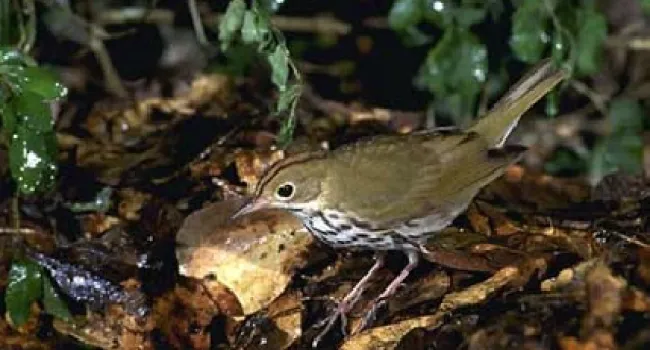
Photo
(Seiurus aurocapillus) This bird requires mature hardwood forests for successful breeding. Often observed walking on the leaf litter of the forest floor searching for insects. Its call is heard as a...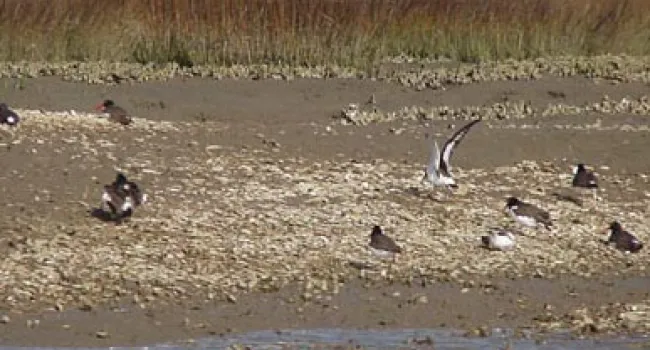
Photo
Boldly patterned in black and white, the stocky American oystercatcher is hard to mistake. It has long red legs and a large red bill. As the name suggests, they feed mainly on oysters, although they...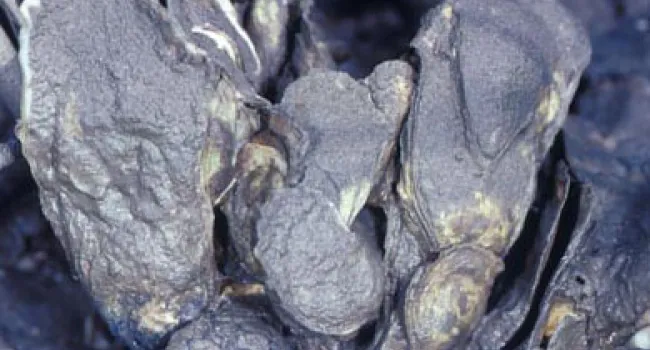
Photo
The Eastern oyster occurs along the entire East Coast, from Canada to the West Indies. It varies somewhat in habitat along this area. Oysters build reefs because the young oysters, called spat, are...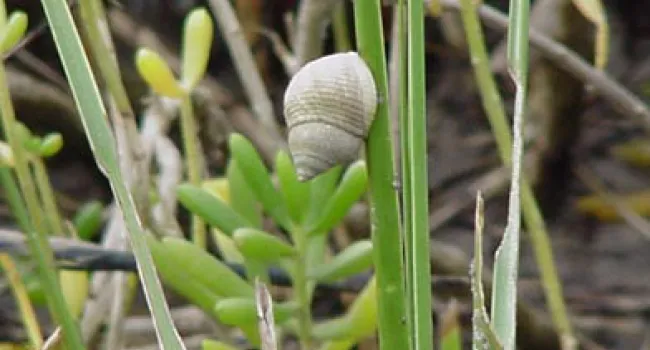
Photo
At low tide, the periwinkles crawl down to the base of the stem, where algae grow best, and graze the algae off the stems. When the tide rises, however, the periwinkles crawl up the stems. Why don't...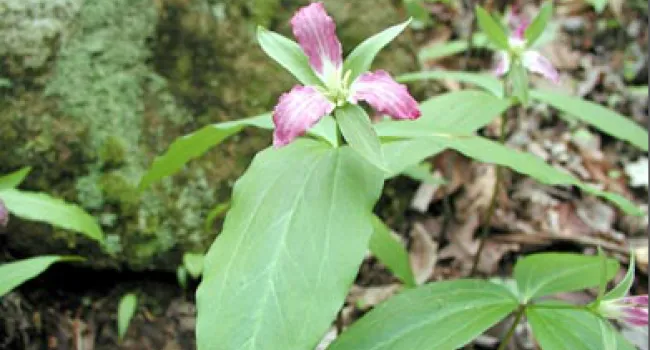
Photo
A number of rare species occur in cove forests, including the endangered persistent trillium, Trillium persistens. The species is found in deeply incised coves and gorges (acidic coves) in South...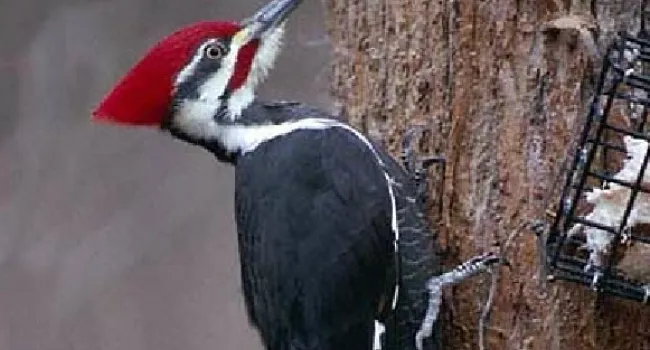
Photo
The largest woodpecker in the United States that produced rectangular holes in dead trees, a favorite food of this bird is the carpenter ant. Mature hardwood forests are favored by this species and it...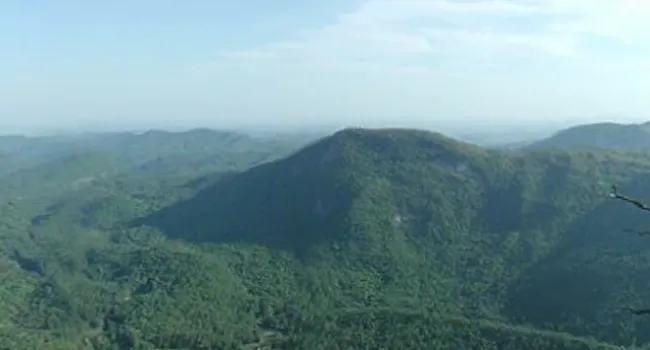
Document
Oconee State Park This popular Upcountry state park rests on a high plateau among tall pines and hardwoods in the foothills of the Blue Ridge. Among the park's 1,165 acres are two mountain lakes and a...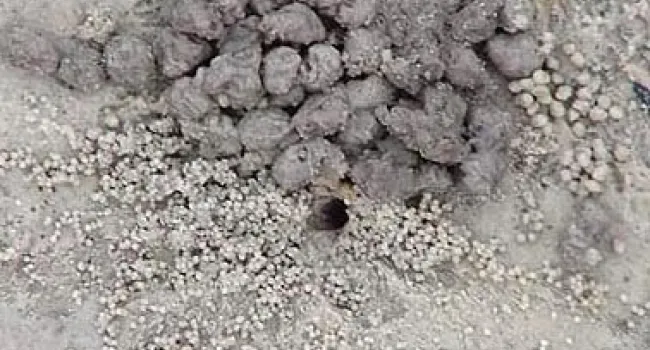
Photo
These tiny balls of sand or mud, perfectly round, are called pseudofeces because they look like fecal pellets. Like true feces, they are bits of indigestible material, but they have never passed...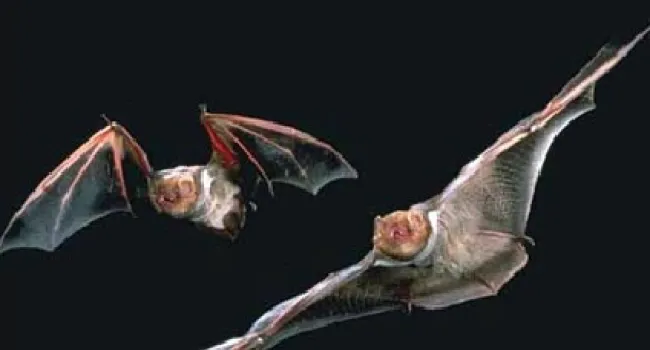
Photo
(Lasiurus borealis) This bat is one of the most beautiful bats in the US. Red bats roost in trees and shrubs during the day. Moths are one of their preferred prey items.